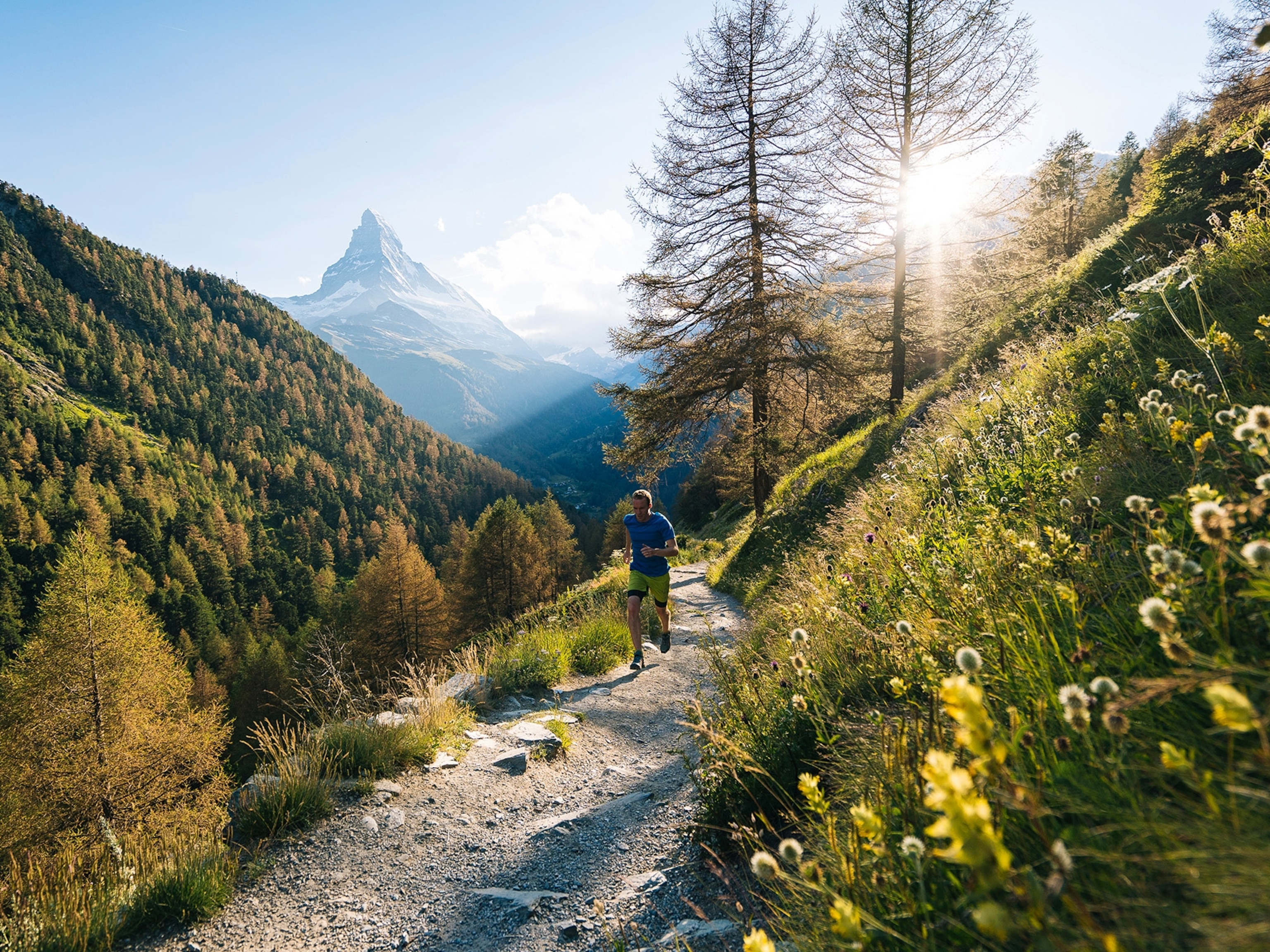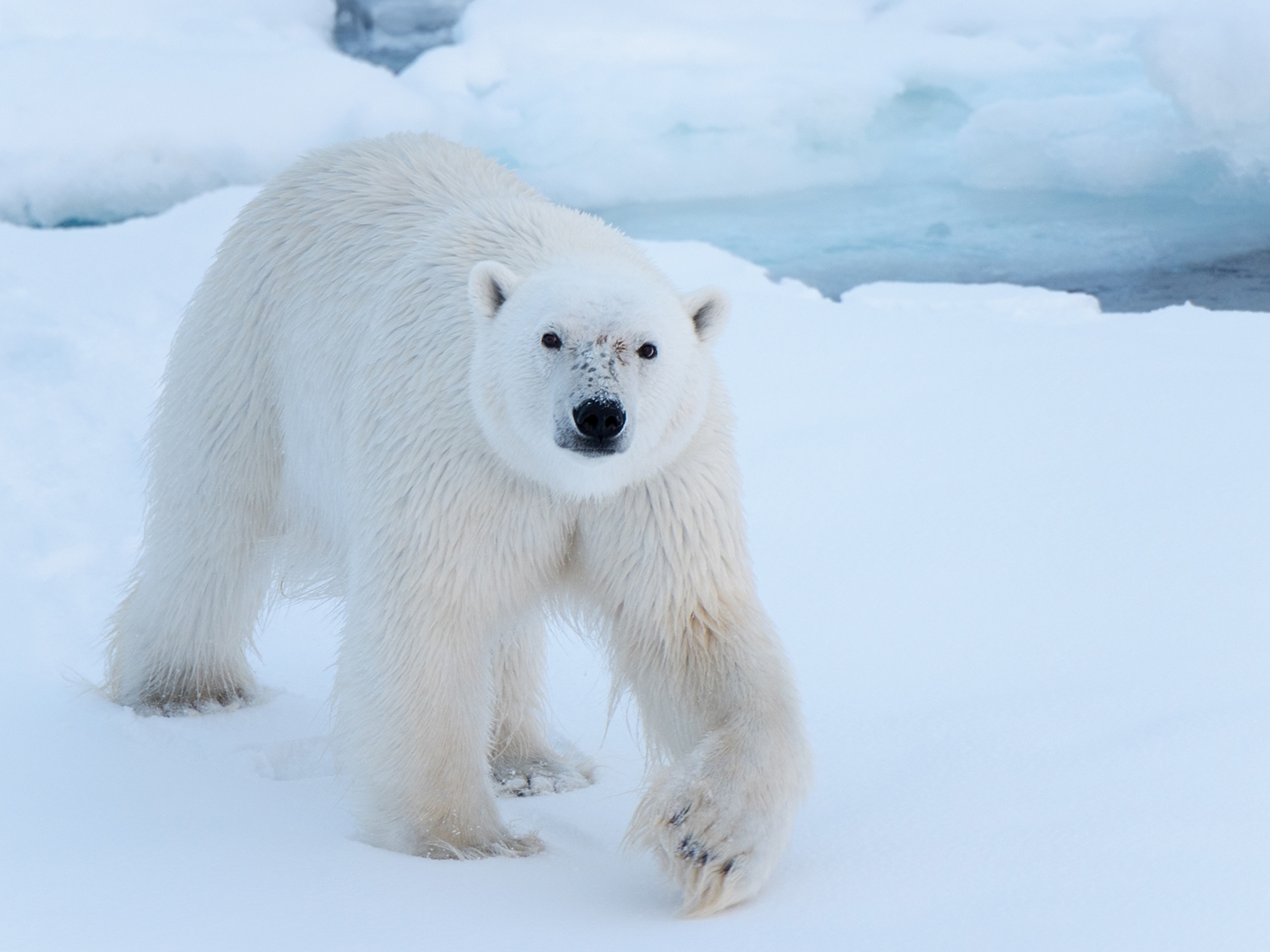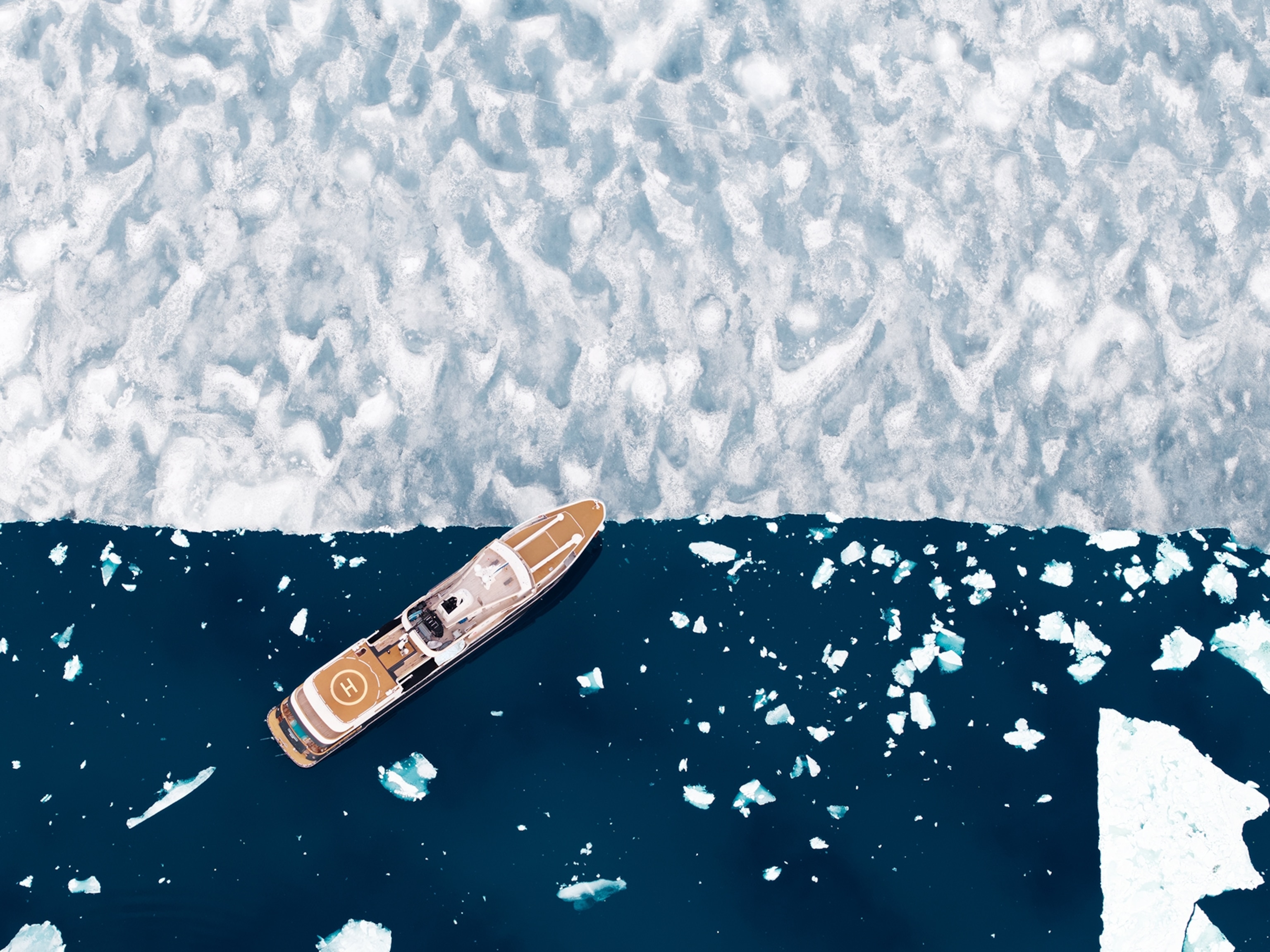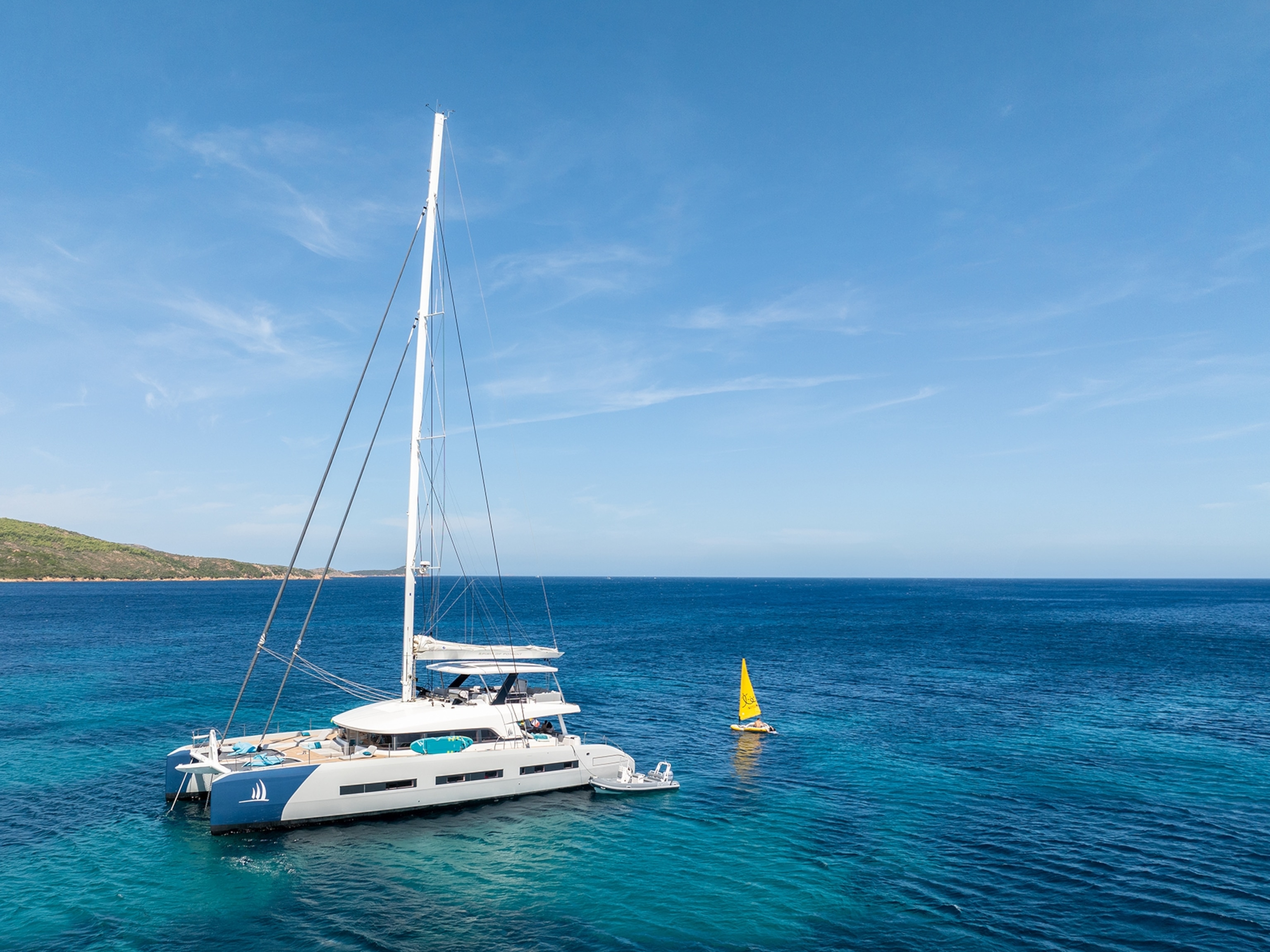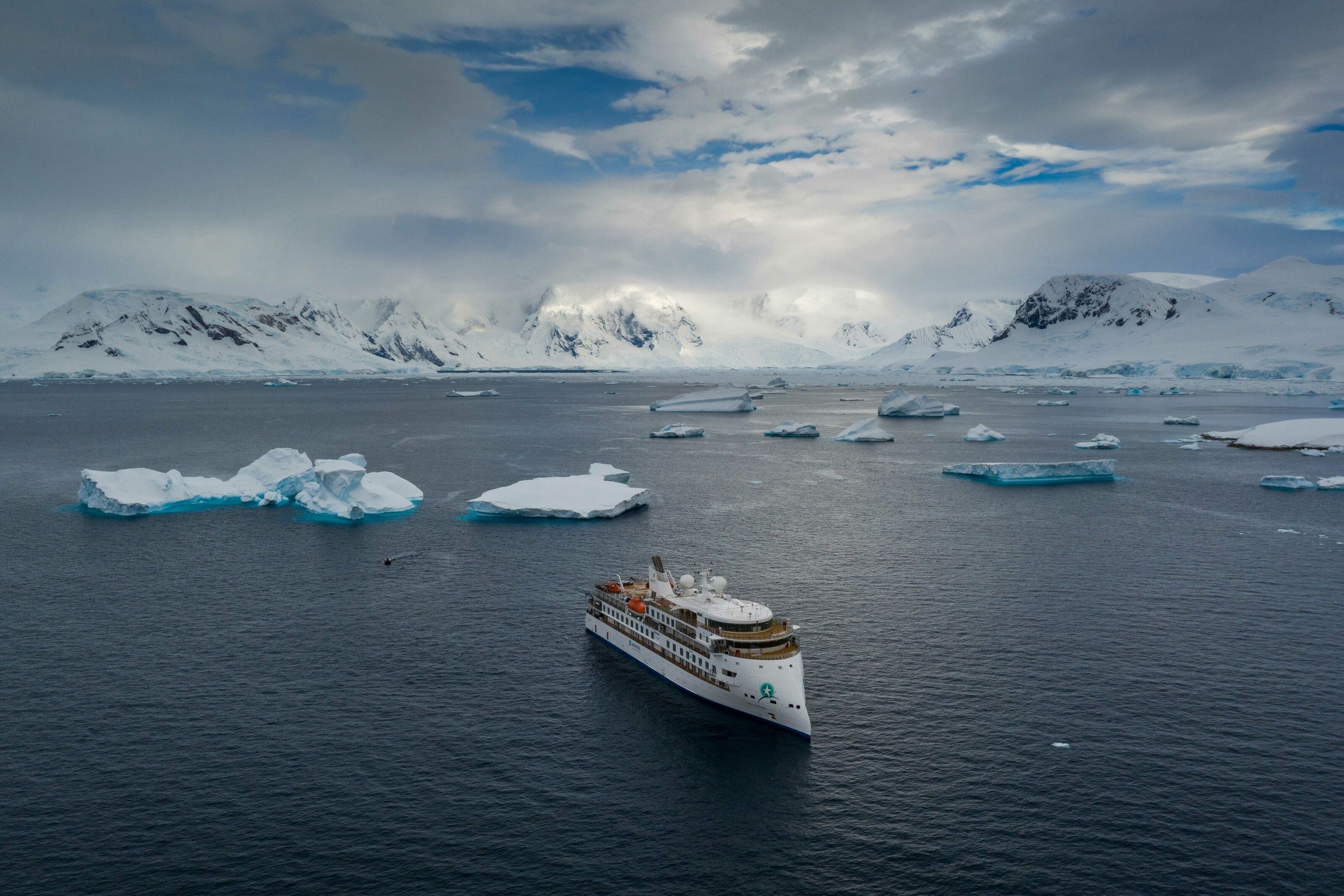
Antarctica: five incredible adventures to have off the ship
From skirting around icebergs in a kayak to camping beneath the stars, these five Antarctic adventures will take your breath away.
Nothing can prepare you for Antarctica’s glorious colours. On some mornings, your entire world glows apricot, coral and gold. On others, the backdrop fades to black and white, with just the icebergs radiating blue.
While photographers will be in their element whatever voyage they take, other travellers will want to choose carefully. The most exciting trips are those that don’t merely show you scenes of natural wonder; they immerse you, quite literally, if you opt for the moment of mad joy that is the Polar Plunge.
All the best Antarctic expedition ships invite their guests to explore in sturdy rubber speedboats, landing when weather conditions and the continent’s strict sustainability guidelines allow. But even better, some go the extra mile by offering kayaking, trekking, camping, scuba diving and snorkelling excursions for an intimate view of this extraordinary wilderness. You’ve travelled a long way, after all, so why not take the adventure as far as you can?
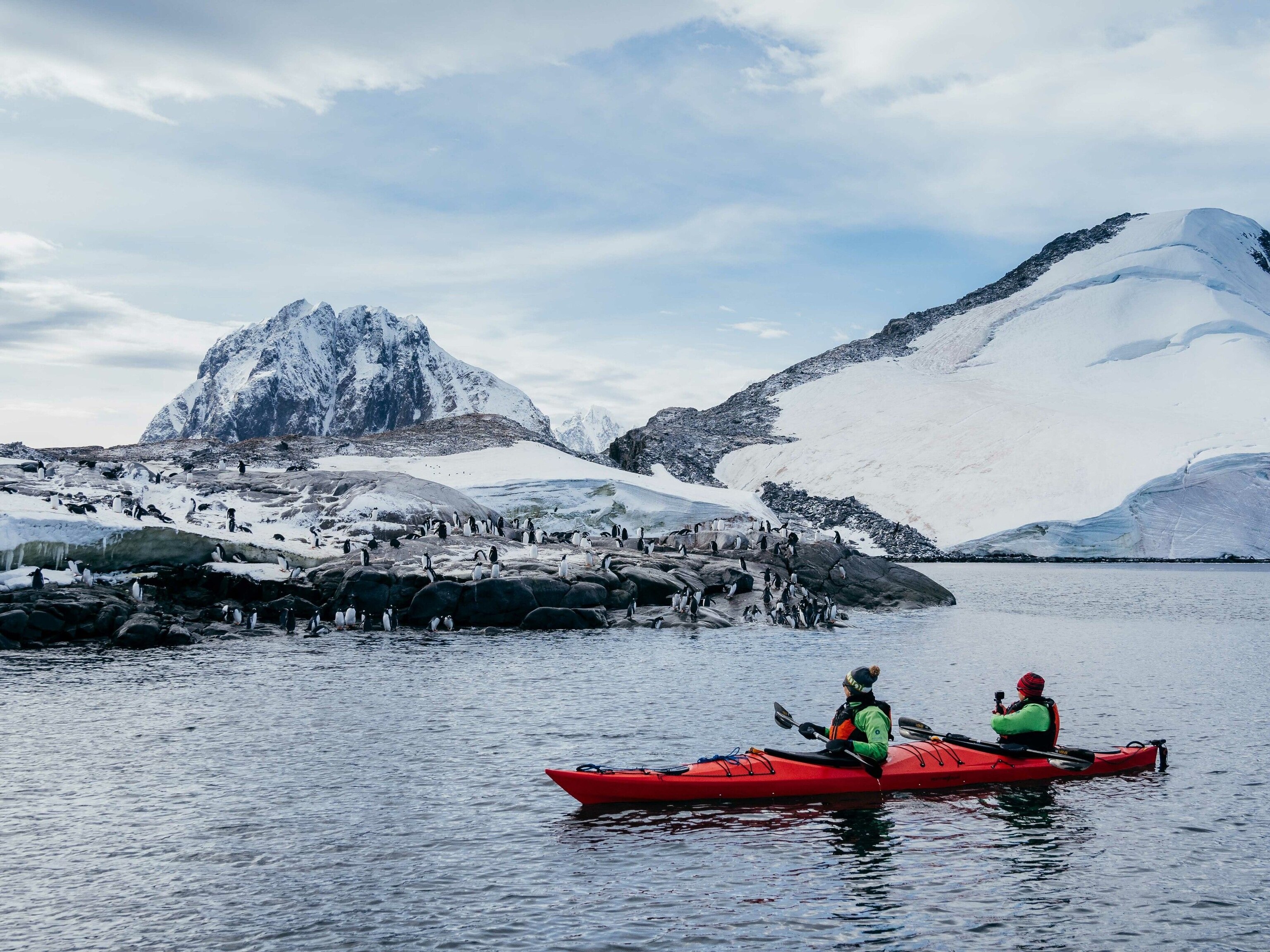
1. Explore the coastline by kayak
Perhaps it’s the silence — no motor, no hubbub, just you, your paddle and the elements. Or perhaps it’s the anticipation, knowing that at any moment, something tremendous like a leopard seal, porpoising penguins or even a whale might appear. Whatever it is, there’s something sublime about departing your Antarctic expedition ship in a small, guided group to explore the crinkled coastline by kayak, skirting icebergs and islands, gazing up at glaciers and paddling into coves. Even if you don’t see a whale at close quarters, you’ll have a whale’s-eye view of magnificent landscapes.
2. Spend a night under the midnight glow
To minimise visitors’ impact on Antarctic wildlife and to keep the environment pristine, there are strict limits on the number and duration of shore landings permitted each day. At the height of summer, however, a lucky few can arrange to spend a whole night ashore: laying out mats and curling up in thermal sleeping bags on the ice. Some choose to stay awake for an all-night wilderness experience like no other; others choose to sleep. As you drift off, you’ll hear sounds no conventional campsite could ever deliver, from ice cracking in the distance to gentoo penguins braying at dawn.

3. Trek across the ice
When weather conditions allow, it’s possible to venture beyond Antarctica’s wild, wave-bitten shores on a hike into the icy interior of the peninsula and its islands. For the fit and adventurous, this is a chance to channel your inner explorer. Led by expert guides, you’ll snowshoe across plains, stride up gleaming slopes, cross technical alpine passes and even go ice climbing. South Georgia offers the ultimate adventure: a long-distance, multi-day trek from King Haakon to Stromness, on foot or on skis. Sir Ernest Shackleton and two of his colleagues followed this very route in May 1916, on a desperate mission to seek rescue for the crew of the Endurance.
4. Descend into the deep
Polar scuba diving is highly technical, but that doesn’t mean that you shouldn’t give it a try. As long as you fulfil a set of exacting certification and training requirements — you’ll need plenty of drysuit diving experience under your belt, for example — you can join a guided trip into the blue, viewing the hidden crevices of gigantic icebergs from beneath and, with luck, enjoying unique encounters with wildlife such as starfish and seals. Logistically, Aurora Expeditions has form: it offered the world’s first commercial Antarctic dive trip in 1998 and has been building on its experience ever since.
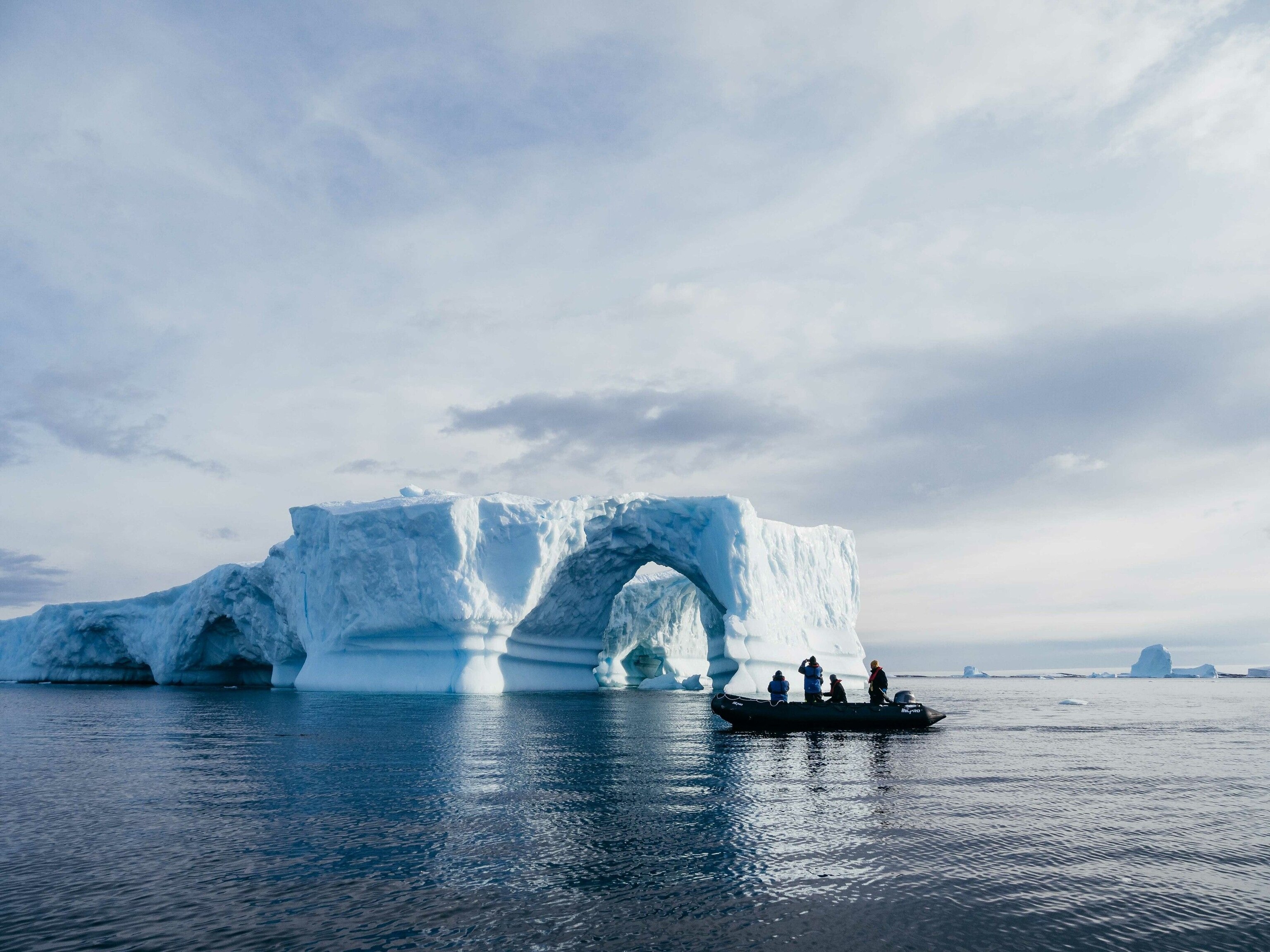
5. Glimpse another world on a snorkelling adventure
Not a hardened drysuit diver? No problem: there’s another way to peer beneath the silvery-blue surface. Highly experienced snorkelling guides will give you all the training you need to don a drysuit, gloves, hood, mask, snorkel and fins for a swim you’ll never forget. Taking care to choose a safe, sheltered spot, your guides will lead you through the crystal-clear water to view fragments of shipwrecks or fascinating marine creatures such as isopods and nudibranchs. Swimming close to shore, you may even have the chance to watch penguins as they torpedo on and off the ice.
Plan your trip
Aurora Expeditions is a small-ship expedition company that offers more adventure activities in Antarctica than any other. While some are available to all passengers, others are optional, with limited group sizes. All activities and wildlife sightings require favourable conditions, so every voyage — and indeed, every passenger’s experience — is different. Designed for stability, comfort and fuel efficiency, Aurora’s vessels venture into locations larger ships can’t reach. Aurora is also certified 100% carbon neutral, as part of a far-reaching sustainability plan. Its newest vessel, the Sylvia Earle, is named after renowned marine biologist, oceanographer and Time’s first Hero of the Planet, Dr Sylvia Earle.
For more information, visit auroraexpeditions.co.uk/destination/antarctica-cruises
Follow National Geographic Traveller, UK on social media
